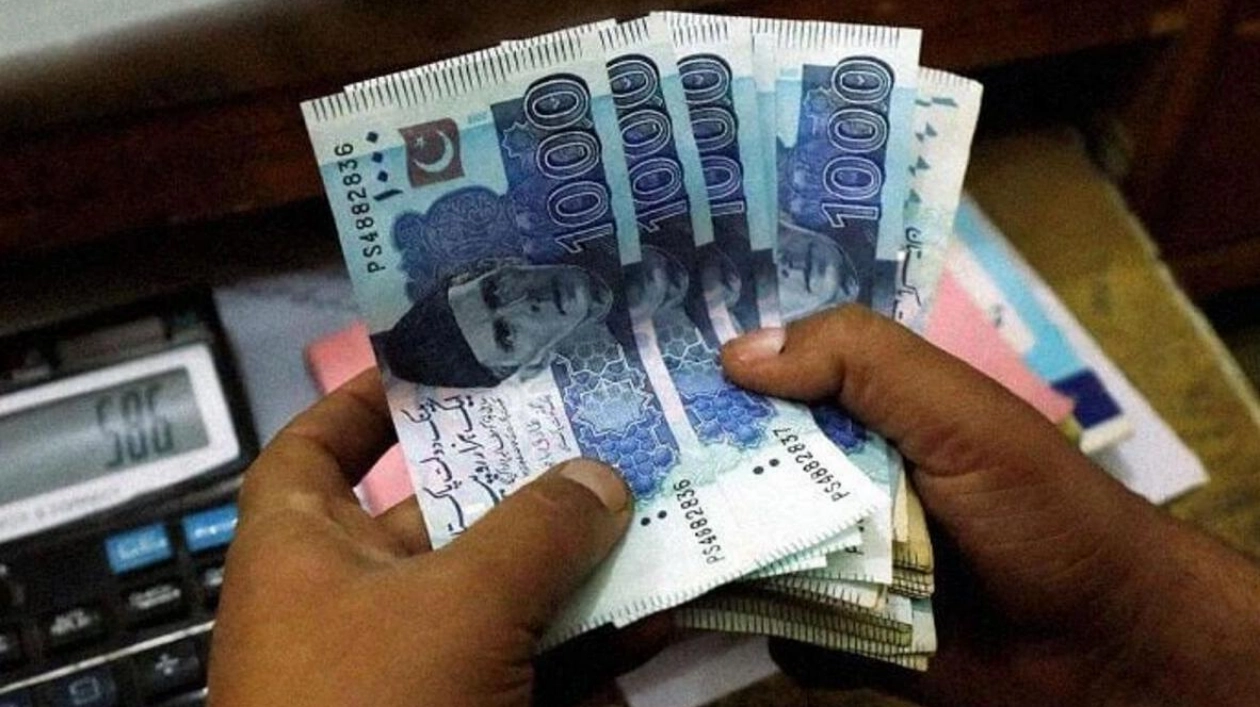Remittances from overseas Pakistanis are projected to increase to $29.83 billion in 2024-25, up from $28 billion in 2023-24, according to the International Monetary Fund's latest estimates.
The robust inflow of remittances has aided in reducing the current account deficit and stabilizing the foreign exchange market, with the Pakistani rupee trading around 275-280 against the US dollar for an extended period. The IMF noted that the forex market has remained relatively calm, with the rupee maintaining stability at approximately 280 per US dollar, and the spread between interbank and parallel market rates remaining narrow.
Currency dealers anticipate that the rupee will continue to remain stable in the coming week, supported by ample dollar supplies and a gradual increase in foreign exchange reserves. This week, the local currency saw minor fluctuations in the interbank market, closing at 277.64 per dollar on Monday, dipping to 277.79 on Thursday, and rebounding to 277.63 on Friday.
The stabilization of the rupee against the dollar follows the government's crackdown on the smuggling of foreign currencies, which has narrowed the gap between official and informal exchange rates. Remittances are crucial for South Asian countries, helping to bridge the gap in import payments and meet the demands of importers.
A significant number of Pakistanis have migrated to countries like the UAE, Saudi Arabia, Europe, and the US in search of better job opportunities due to the scarcity of employment in South Asia. In 2023 alone, over 230,000 Pakistanis relocated to the UAE, making it the second most popular destination for migrants from South Asian countries.
During the first quarter of the 2025 fiscal year, Pakistan received $8.8 billion in remittances, a 38.8% increase year-over-year. Last month, the IMF approved a $7 billion loan for Pakistan, with an immediate first instalment of $1 billion.
The IMF projects a real GDP growth rate of 2.4% for the 2024 fiscal year and 3.2% for 2025. Inflation, which peaked at 29.2% in 2022-23, is expected to decline to 23.4% in 2023-24 and 9.5% in 2024-25. The IMF highlighted the recent decline in inflation as positive, allowing the State Bank of Pakistan to reduce the policy rate while maintaining a tight monetary stance.






